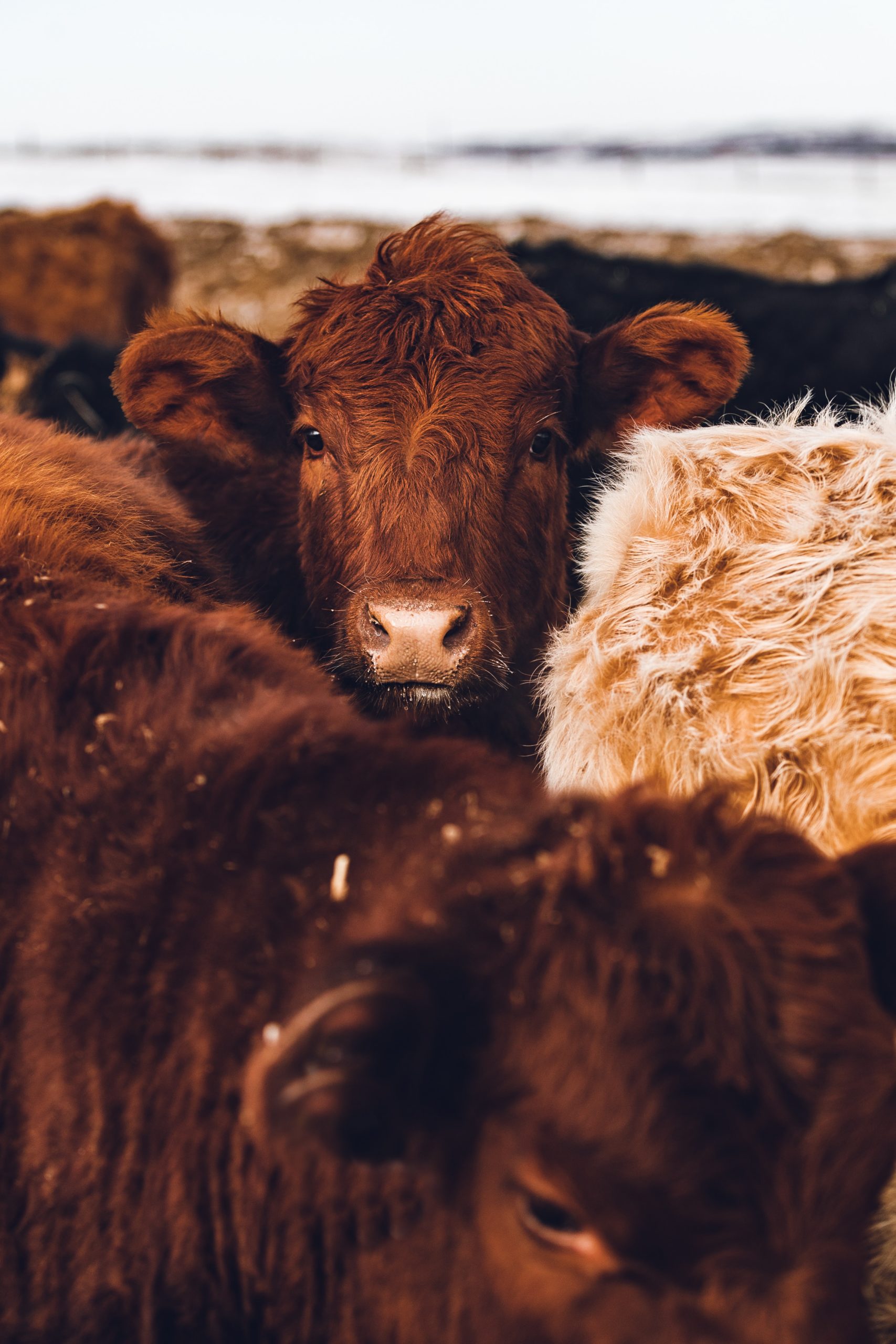The world contains 7.8 billion people, out of which 70-75% consume meat and animal products. Recently water predicaments, deforestation, global warming, and more have been common occurrences. Many problems the world faces are tied to agriculture, in some way, whether small or big.
Water-Foot Print
If we dive deeper into the water crisis, 70% or more of the global freshwater is used by the agricultural department. Meat products primarily use a greater amount of water to grow than vegetables, leading to a higher water footprint. A water footprint is similar to a carbon footprint; it is the amount of water it took for the item to grow, produce and supply to a population. In comparison, 1 pound of beef takes 1847 gallons of water to produce. While vegetable crops usually take 39 gallons of water to produce 1 pound. There is a staggering difference between the water footprints, which has proven to be the basis of many studies.
Farming Approaches
The water footprint is not the only concern, for the living conditions of the livestock are compromised and stressed in numerous ways. For instance, beef farms have cows, and the primary goal is to fatten them up, fast. 99% of the livestock live crowded together in unsanitary and disease-ridden conditions. Usually, cows are packed together in feed lots where they live in their own manures, which is toxic and is a breeding ground for diseases. Chickens on the other hand are crowded in battery cages. These animals live in inhumane conditions on industrial farms, leading to an abundance of mental and physical stress. In addition, it may lead to depression and many different health problems, affecting not only the animals but the consumers of the meat as well. The stress can affect the meat by reducing the tenderness, carcass injury, and change in the pH. Moreover, the unhygienic environment the cows live in causes incurable mutations of zoonotic diseases.
Even to their death, they are not free of stress. For speedy and efficient production of meat, the way they are killed and then how their meat is handled is also inhumane. For example, if we look at the process of how chickens are killed; when young female chicks have their beaks cut off with a hot metal blade and they are slaughtered using the live shackle method. Which includes, they are shackled upside down, electrified underwater, and dipped into scalding hot water.
"If slaughterhouses had glass walls, everyone would be a vegetarian."Paul McCartney
Environmental Consequences
The consequences branch out to affecting the environment as well. First off, farming requires land, and for that deforestation is a standard solution to meet the demands of today’s growing earth. Manure produced by livestock nowadays is highly toxic. It contains methane, ammonia, carbon dioxide, and hydrogen peroxide. When enclosed in a small space, they cultivate a toxic and harmful environment that can cause the death of a person in minutes. Not only that, but the runoff resulting from the manure can also affect aquatic life. Methane output is also a topic to consider looking at, for methane is a considerably more powerful greenhouse gas than carbon dioxide.
All in all, the meat industry is supported by many. Many times, when you see mentioned, ‘not caged’, it means the farms need to have a set area of a grass field. You don’t know if the livestock gets to see the green grass or be held in an insanely small cage. To stop this inhumane and unsanitary treatment, we need to lower our meat consumption. Demand is the only way this industry thrives. Not only will we be aiding the environment but helping our bodies and the livestock too.
Take a look at the documentary, Cowspiracy. Here is the link to their website, to learm more about it. It opens your eyes on the eviromental problems the world is facing and no one is willing to talk about it, not even orginizations.
Sources
- https://www.worldbank.org/en/topic/water-in-agriculture#:~:text=Currently%2C%20agriculture%20accounts%20(on%20average,be%20both%20physical%20and%20virtual.
- https://www.theguardian.com/news/datablog/2013/jan/10/how-much-water-food-production-waste
- https://cleanwater.org/meat-industry-environmental-issues-solutions
- https://www.thedonutwhole.com/what-percentage-of-the-human-population-eat-meat/#:~:text=Estimates%20vary%2C%20but%20according%20to,of%20animal%20products%2C%20including%20meat



